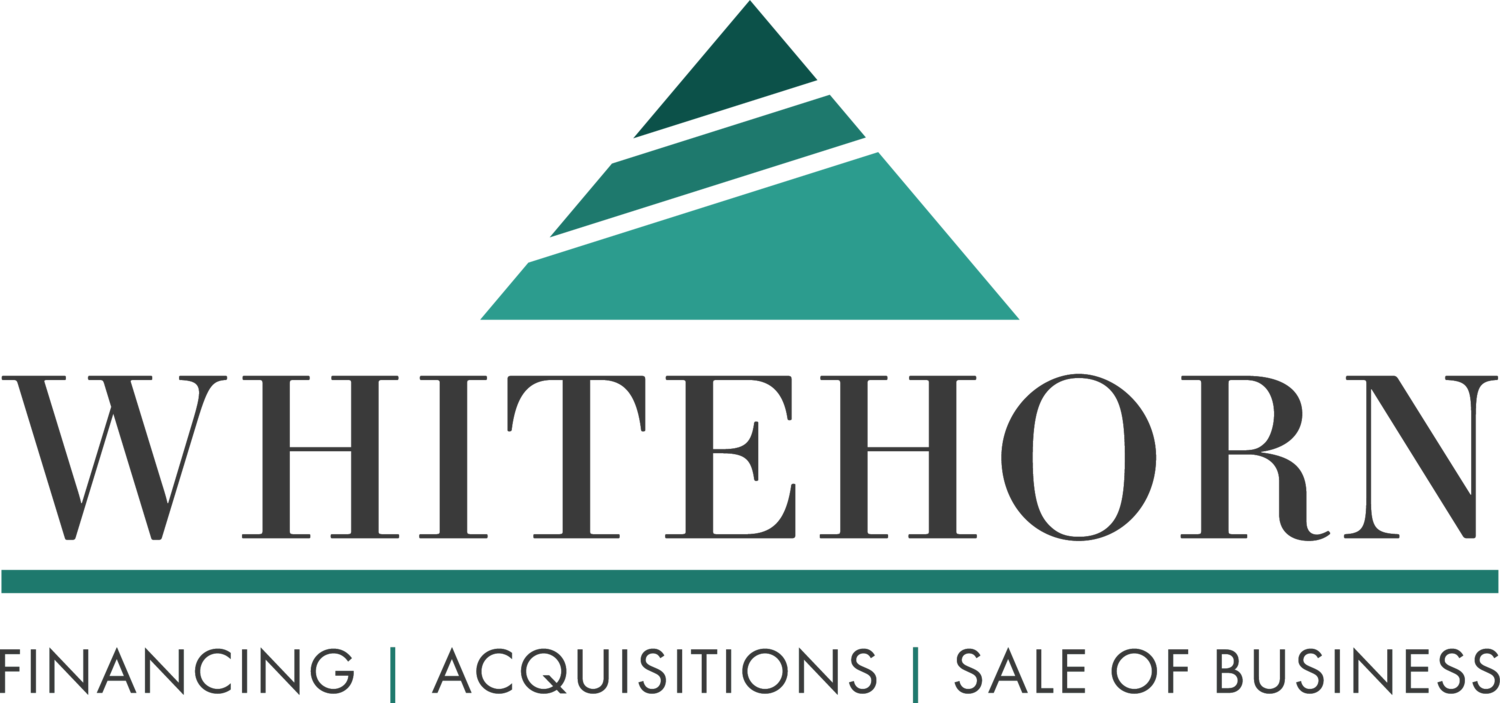When was the last time you calculated the percentage of your net worth tied to your company’s value?
When you started your business, its value was probably negligible. Unless you purchased or inherited your company, it wasn’t worth much when you opened your doors, but over time, the proportion of your assets tied to your business may have crept up.
Let’s imagine a hypothetical business owner named Tim, who starts his company at age 30. He has a little bit of equity in his first home and a small retirement fund. When he starts his business, it’s worthless, so it doesn’t yet factor into Tim’s net worth calculation.
By the age of 50, Tim has built up $600,000 worth of equity in his home, his retirement nest egg has grown to $400,000, and his business has blossomed and is now worth $4,000,000. Tim’s company has crept up to represent 80 per cent of his net worth.
Tim knows the first rule of investing is to diversify, which he is careful to do with his retirement account. Still, he has failed to achieve overall diversity given the success of his business.
What’s more, he may have unknowingly passed something called “The Freedom Point,” which is when the net proceeds (i.e., after taxes and expenses) of selling his business would garner enough money for him to live comfortably for the rest of his life. Your lifestyle determines your Freedom Point, but when you pass it, it’s worth considering the risk you’re taking.
If the pandemic has taught us anything, it is that nothing is for sure, and a thriving business one day can turn into a struggling company overnight. When your business makes up most of your net worth and selling it would garner enough money to retire, there’s no financial reason to continue owning your business. You may enjoy the challenge, the social interactions, and the creative process of building a business, but keeping it may be unnecessarily risky.
When you’ve crested the Freedom Point and want to diversity—but still don’t want to retire—you have some options:
Sell a Minority Stake: In a minority recapitalization, you sell less than half of your shares. Often sold to a financial investor such as a private equity group, a minority recapitalization allows you to diversify your net worth while continuing to control your business.
Sell a Majority Stake: In a majority recapitalization, you sell more than half of your shares to an investor who will most likely ask you to continue to run your business for many years to come. You get to diversify your wealth, keep some equity in your business for when the investor sells, and continue to run your company.
Earn-Out: When you sell your company, you’ll likely have to agree to a transition period of sorts. One of the most popular is called an earn-out, where you agree to continue to run your company as a division of your acquirer’s business for a specified period of time. Your earn-out may be as little as a year or as long as seven, but the average is three years. Therefore, if you’re past the Freedom Point and can see yourself wanting to step down in the next three to five years, an earn-out may be worth considering.
Building a successful business is rewarding, but when your personal balance sheet gets out of whack, it may be worth considering the risk you’re shouldering and the options you have for sharing some of it.







































